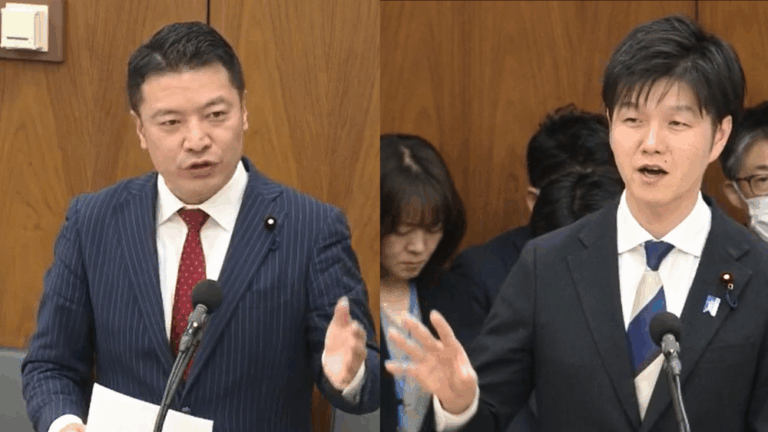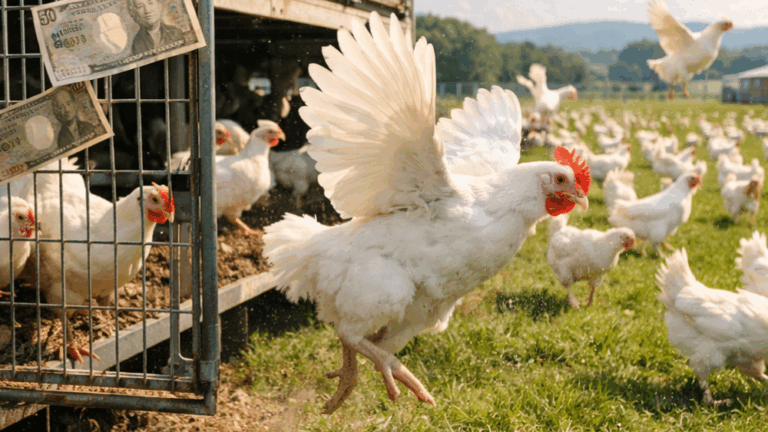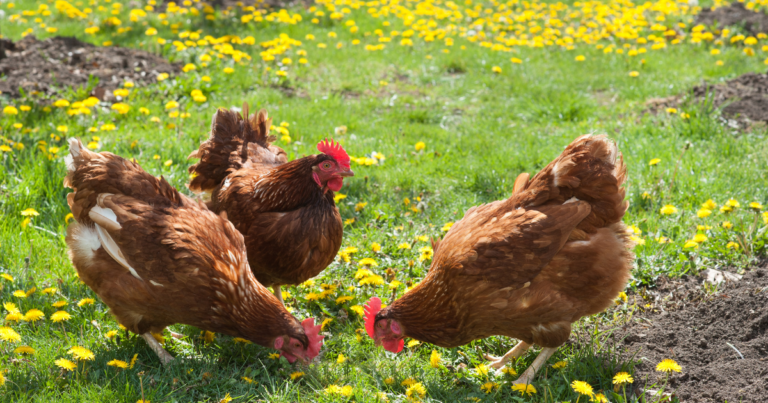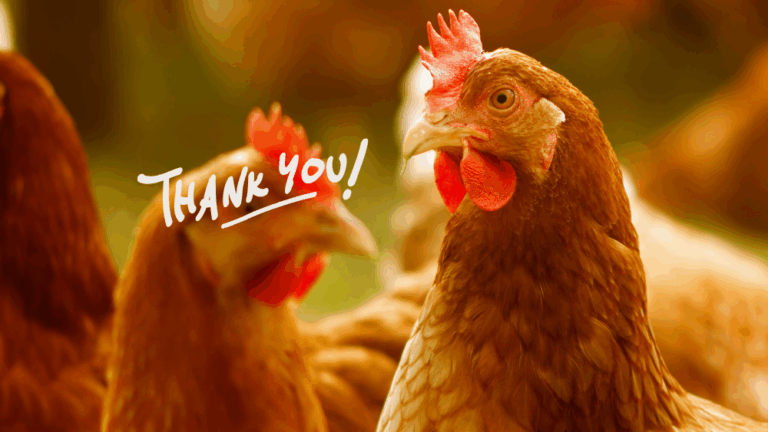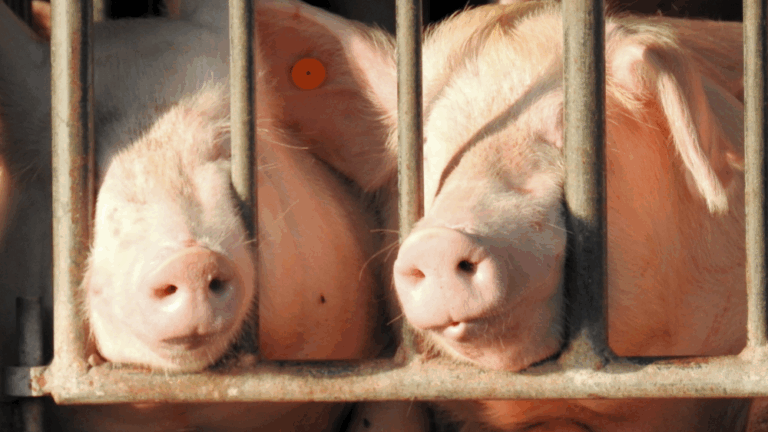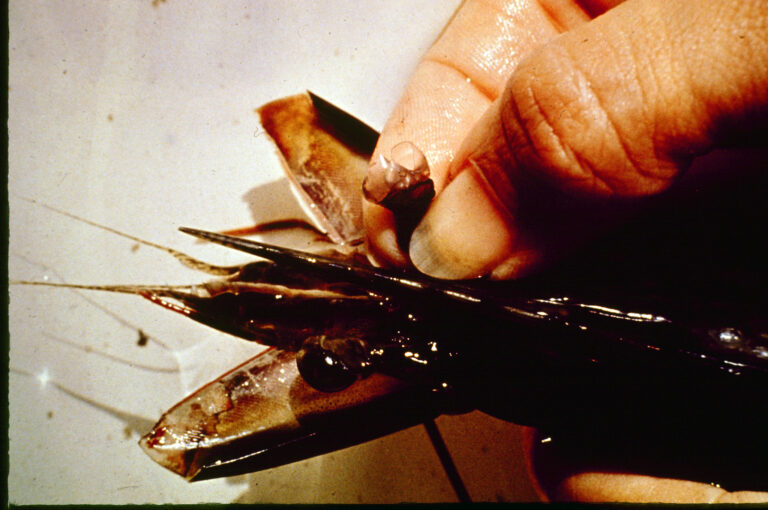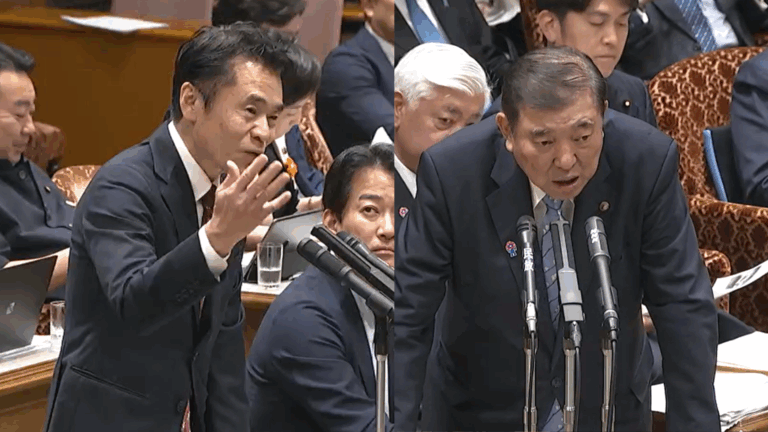The national grant programs that support the livestock industry of Japan range so widely, from the two possibly most known programs called “Strong Agriculture Grants” and “Livestock Cluster Business” to lesser known programs such as a compensation for farms when production costs exceed the selling price and a simple long-term and low interest-rate loan, that we can not list them all here. (See here for more detail.) With the novel coronavirus as well, various support for the livestock industry was established. Let’s take a look at the support system for the livestock industry during the COVID-19 crisis, as a reference for how much the country regards the livestock industry as an important industry.
- Sales promotion efforts aimed at stimulating demand for the Japanese beef affected by COVID-19 — ¥136.84 billion
- Expenses for mending the business when carcass prices decline and the business of livestock farmers deteriorates / for postponing shipment due to the influence of shipment adjustment of fattening cattle — ¥30.531 billion
- When the shipment of calves had to be adjusted due to the above reason — ¥0.984 billion
- When storing the remaining beef in the freezer or processing it into partial meat / Promotion of frozen meat sales — ¥49.986 billion
- Expenses related to storing or incinerating excess cows/pig skins that cannot be exported — ¥2.068 billion
- Supports the price difference that occurs when the schools are closed and the canceled milk for school milk is repurposed for long-term storage such as skim milk powder. In addition, because the skim milk powder and other products are over-produced, the sales price difference caused to dairy companies is also supported if the usage is changed to feed — ¥2.299 billion
- Supporting efforts to utilize skim milk powder, which has a large stock, in areas where there is demand such as for feed use — ¥5.202 billion
- Efforts to support the continuation of management of livestock businesses confirmed to have the novel coronavirus infections — ¥0.814 billion
The rich variety of grants programs shows just how much the Japanese government protects the national livestock industry, yet the number of livestock farm has been dropping due to successor shortage like in many other countries. Plant-based meat has definitely been wide-spreading in the market, and it will only gain more public support. Even in Europe where the consumption of animal protein is significantly higher than in Japan, it was reported from the 2019 EU agricultural outlook conference that “Although meat consumption in the EU has been on an increasing trend so far, due to the establishment of vegetarians, the shift to plant-based protein due to consideration for health and environment and animal welfare, and the aging of EU citizens, it is expected to decline gradually“. * https://www.alic.go.jp/joho-c/joho05_001030.html Even though the livestock business is expected to contract, it does not change the fact that the Japanese government considers it a pillar of the country ,maintains it with enthusiasm at the moment. Putting aside the ethical question of if any sort of animal exploitation should be eligible for national subsidy, we will focus on the point that the current subsidy programs make absolutely no distinction between free range farming and factory farming that confines animals in gestation crates and battery cages when it comes to considering applicants.
Factory farming cruelty supported by Strong Agriculture Grants and Livestock Cluster Business
The maximum subsidy coverage rate, when you plan to equip your farming facility through “Strong Agriculturure Grants ” and “Livestock Cluster Business ” programs, is up to 50% of the cost. One example is a pigpen with gestation crates prepared through the Livestock Cluster Business program in 2018. This pigpen, which includes houses for pregnancy, breeding, and fattening of the pigs, had cost ¥27 billion yen, out of which ¥12 billion was subsidized. For chicken cages prepared using the same program in 2016-2017, ¥2.8 billion was subsidized out of the ¥6.2 billion expenses. Another chicken cage facility equipped in 2017 received ¥1.2 billion in subsidy out of ¥2.9 billion business cost through the Strong Agriculture Grants program. Furthermore, a facility support project by ALIC (Agriculture & Livestock Corporation) offers a grant which could subsidize as much as 90% of the entire cost. A pigpen with gestation crates was equipped through this business program in 2015, for which ALIC subsidized ¥15 billion out of the ¥17 billion cost. It is mandatory that subsidy project operators make their project records public on their local authority websites. However, the information on their website made available to the public is so limited that it is almost impossible for one to figure out whether they use gestation crates and battery cages at their farms that were equipped through the subsidy programs. Because of the limited information they offer on their websites, the list below is merely a fraction of gestation crates and battery cages built with the programs after 2013:
| Cages for eggs | 16 |
| Gestation crates for sows | 5 |
* Counted by the livestock business unit. If the same business unit builds cages for cage facilities in different years, it is counted as 1.
As for the “Strong Agriculture Grants” and the “Livestock Cluster Business”, most local governments have only published the data until 2018, and as mentioned above, the information is limited. However, at least 23 confinement facilities were built with taxes and at least hundreds of thousands of animals were confined there (information is limited on the number of chickens as well).
Gestation crates and battery cages towards being abolished
It is a worldwide trend that gestation crates and battery cages are being abolished. Gestation crates are banned in the EU, New Zealand, and over 10 states in the US; on top of that, more than 60 companies across the world have announced abolishment. Nine out of the world’s top ten meat corporations have pig farming, and only the two Japanese companies, Nipponham and Itoham, have not yet to announce abolishment of gestation crates or the goal to abolish.
The change has been even more rapid for battery cages. In the EU 52.2% of egg farms have become free range as of 2019. In the US, five states ban the use of battery cages. All of the top 25 food retailers promised to go cage free, and it is estimated that the US market share for free-range eggs will grow to be 70% of all eggs by 2025. Additionally, over a thousand major companies around the world has promised to go cage free.
The only reason behind this rapid change is animal welfare, which both gestation crates and battery cages utterly lack.
Next we will look at long-term and low-interest loans for confinement facilities.
Financing confinement facilities
The loan system described here is a legal loan system established by the government. There is a longer-term, lower-interest system for livestock facility development (including agriculture, forestry, and fisheries), compared to general loans.
Financing of confinement facilities by Japan Finance Corporation
Based on the Japan Finance Corporation Law, Japan Finance Corporation loaned 150 million yen for the construction of one windowless poultry shack (accommodating about 50,000 birds) and introducing a 4-level 4-row cage system for broilers for the first time in Japan in 2018. As stated as”the first time in Japan,” broilers are generally kept cage-free. By stacking broilers in a stack like battery cages for hens, the number of birds that can be accommodated per unit area increases, and because the floors are meshed, there is no need to perform “floor management”, which is one of the difficult tasks for broiler chickens. However, it is against the world’s current trend of eliminating caged rearing of animals. As with the hens, broilers (chickens for meat) are on a trend to be kept better, like with the Better Chicken Commitment. 295 companies have already declared the Better Chicken Commitment, and one of the big moves since the beginning of 2019 is that Kentucky Fried Chicken declared it for the first time as a fast food company (although locations in Japan are excluded). The criteria for this Better Chicken include “two or more kinds of materials that can be pecked” and “natural light“, and the floors financed by the Japan Finance Corporation are meshed and the windowless poultry shacks cannot meet the criteria on these points.
Regarding financing such facilities, a questionnaire was sent to the Japan Finance Corporation, but the response was that “animal welfare” is not a condition in the financing system. “Please understand that our corporation is merely the executing agency of the government financing and is not in a position to say good or bad about individual policies such as “animal welfare“.
Financing of confinement facilities by the Okinawa Development Finance Corporation
Based on the Okinawa Development Finance Corporation Law, the Okinawa Development Finance Corporation finances cages for hens. A questionnaire was also sent to them, but the response was the same as the Japan Finance Corporation, that the financing system does not require “animal welfare”. “This corporation is a policy-based financial institution for achieving the Okinawa promotion plan of the country/prefecture etc. The loan system (conditions, etc) is determined based on the approval of the competent ministry (Cabinet Office / Ministry of Finance).“
Investment in a confinement facility by the Agribusiness Investment & Consultation Co., Ltd.
Agribusiness Investment & Consultation Co., Ltd. is a function established by the investment of JA Group and Japan Finance Corporation, and is supervised by MAFF in accordance with the Act on Special Measures to Facilitate Investment in Agricultural Corporations. Agribusiness Investment & Consultation Co., Ltd. has invested ¥388 million in 2020 to develop a pig farm with sow stalls. When an inquiry was sent, they said they “understand that the awareness of AW is increasing”, and regarding the consideration of animal welfare when investing, “We would like to consider it in the future.”
All 3 corporations do not have animal welfare as a condition of their financing system. You can also see the excuses of the Japan Finance Corporation and the Okinawa Development Finance Corporation that they are nothing more than national policy institutions. However, the basic law of these three companies states:
Japan Finance Corporation Law provides that loans to agriculture, forestry, and fisheries must “contribute to sustainable and sound development of agriculture, forestry, and fisheries”. The Okinawa Development Finance Corporation Law sets the financing target as “businesses that contribute to industrial development in Okinawa”. The Act on Special Measures to Facilitate Investment in Agricultural Corporations states it “aims enhance the enrichment of the capital of agricultural corporations, promote their sound growth and development, and thereby contribute to the sustainable development of agriculture.”
Is it possible to avoid animal welfare when considering the sustainability, healthy development, and promotion of animal husbandry described in these laws?
Is it possible to promote sustainability, healthy development, and animal agriculture while ignoring animal welfare?
As mentioned above, gestation crates and egg-laying hen cages are becoming less accepted by the international community. Considering the depreciation period of stalls and cages, we think that the introduction of these confinement facilities is very risky in terms of business.
The International Finance Corporation (IFC), one of the World Bank’s 5 organizations, is a public institution committed to the sustainable promotion of private sector investment and financing in developing countries, helping to improve people’s living standards. “Good Practice Note: Improving Animal Welfare in Livestock Operations” prepared by IFC in 2014 states that “IFC is committed to working with clients to reduce losses, increase productivity, and/or access new markets through the application of sustainability principles, including animal welfare standards“, referring to companies working on animal welfare including cage-free eggs and sow stalls with the growing consumer voice for animal welfare. It emphasizes that there is growing evidence that improved animal welfare can lead to increased productivity and ultimately a positive impact on earning.
The Declaration of the Global Forum for Food and Agriculture held in Berlin on 2018/1/20 (Agriculture, Forestry, and Fisheries deputy officials also attended from Japan), [Communiqué 2018 “Shaping the Future of Livestock – sustainably, responsibly, efficiently”], adopts the statement that they “support the OIE’s global Animal Welfare Strategy and its implementation”, and the OIE’s standard for animal welfare recommends that sows be kept in herds.
In May 2018, Rabobank, the governing financial institution for agricultural organizations with 440 bases in 40 countries based in the Netherlands, stated several “Rabobank commitments” in its sustainability report. One of them is the following commitment.
strongly encourage all of our clients to have transitioned to cage-free housing systems for laying hens and group housing systems for sows by 2025.
Fair finance has also been launched by Oxfam (an international cooperation organization that operates in more than 90 countries around the world for a world without poverty). FFI watches over financial institutions in ten countries across the world against their loan recipients causing or involved with environmental destruction, human rights violation, and social problems, and evaluates the financial institutions accordingly (exists in Japan as well).
Fair Finance Guide International Methodology 2020, the evaluation standards by FFI, include a category of animals, whose condition ranges widely from whether the recipient is free of usage of gestation crates and battery cages, handling fur products, includes animal welfare standards in contracts with its suppliers, whether the livestock company is certified according to the standards of a certification scheme that includes animal welfare requirements, etc.
The Japanese government’s funds continue to support the current Japanese livestock factories regardless of their gestation crates and battery cages policy. As if it believes this will help the agricultural growth. However, the worldwide public opinion has moved towards pro- animal welfare, which makes the continuous support of animal cruelty by the government look like a reckless investment.
Although it may not be easy to put a ban on physical restraint of livestock animals in factory farming once and for all, the time has already come for the government to reconsider terms of funding factory farming and to stop supporting farming facilities that still use cruel methods such as gestation crates and battery cages urgently.
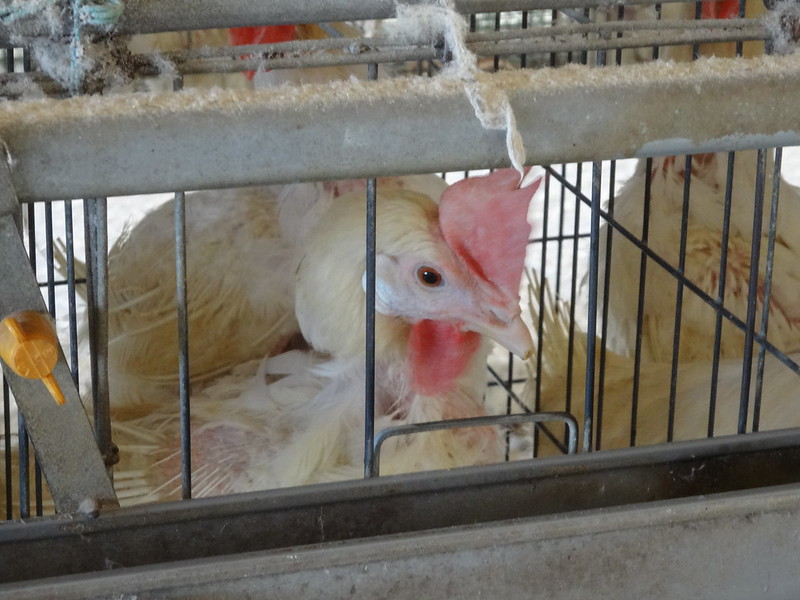
* English translation support by volunteer りんごさん.



